
"Sometimes, there is more than a single answer to a question; this certainly applies to patients with benign prostatic disease," writes Gopal H. Badlani, MD.

Badlani, professor and vice chair of urology at Wake Forest University in Winston-Salem, North Carolina, is a co–editor in chief for Urology Times®.

"Sometimes, there is more than a single answer to a question; this certainly applies to patients with benign prostatic disease," writes Gopal H. Badlani, MD.

"When I eventually met Das at an AUA annual meeting, his smile and demeanor were captivating. I had to push through the hordes of admirers to get close to him," writes Gopal H. Badlani, MD.

"A global consensus on standardization of terminology, separation of LUTS vs pain for outcome, HL positivity and negativity, markers for disease, and the role of new interventions for local vs systemic therapy is needed," writes Gopal H. Badlani, MD.

"In our professional life, awareness of our bias in seeing patients based on their weight, color, age, literacy level, or social status is evident," writes Gopal H. Badlani, MD.

Results of an exclusive Urology Times survey reveal that more than 70% of respondents said they consider age a relevant factor in the performance of the specialist surgeon.

"I am still struggling with disposing the scopes after each use, both from the environmental aspect and the fact that the scope technically can be used more than once," writes Gopal H. Badlani, MD.

"Am I close to an answer? Yes, my inner being tells me it is time to initiate letting go," says Gopal H. Badlani, MD.

"The need for maintaining the high quality of education within the increasing number of restrictions and regulations is making the job as program director complex and time-consuming," writes Gopal H. Badlani, MD.

"Until a better option comes along, its low cost (mesh alone) and ease of use allows a standardized approach in an appropriately selected patient," writes Gopal H. Badlani, MD.
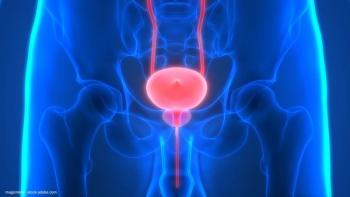
"As we look back over the past 5 decades in urology, bladder dysfunction, particularly inadequate contraction, is still a disorder with unmet medical need, for which new treatments are crucial," writes Gopal H. Badlani, MD.

"Looking back at the past 50 years, I recounted the achievements and yet-to-be-conquered goals," writes Gopal H. Badlani, MD.

"Although it might be easier to enumerate the cancer conditions, in the benign world, struggles continue to overcome patients challenged with these conditions," writes Gopal H. Badlani, MD.

"The devices, telemedicine and remote care, and outpatient surgery risk us losing the human connection we had with the patient, as time spent with them is at a premium today," writes Gopal H. Badlani, MD.

"Spend a few extra minutes to learn about emotions and voiding in your patient," writes Gopal H. Badlani, MD.

"By all means, educate patients about causes of nocturia, suggest behavior modifications...but don’t throw a drug at them unless there are daytime symptoms of urgency, high postvoid residual, or large volume output at night," writes Gopal H. Badlani, MD.

In this interview, Alexis E. Te, MD, discusses the evolution of LUTS treatment, what primary care providers should include in their evaluation when seeing a patient with LUTS, and how he selects treatments for patients with BPH.

"Retreatment is the new buzz word and is very controversial, as parameters keep changing," writes Gopal H. Badlani, MD.

Gopal H. Badlani, MD, discusses the recently presented long-term safety profile of the β-3 adrenoceptor agonist vibegron.
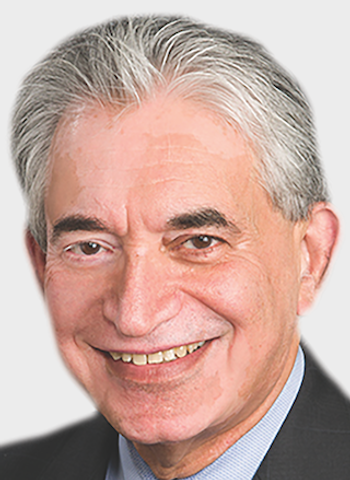
"We take online training for simulation of chemical spill, radiation, and infection, but there is no manual to follow in this burgeoning COVID-19 crisis," writes Gopal H. Badlani, MD.
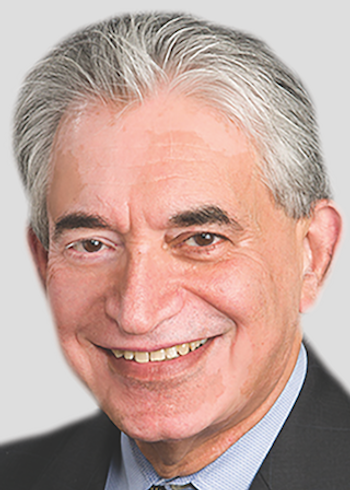
"My conclusion is to do what you know best, learn a new technology from an expert, and consider participating in a clinical trial,” writes Gopal H. Badlani, MD.
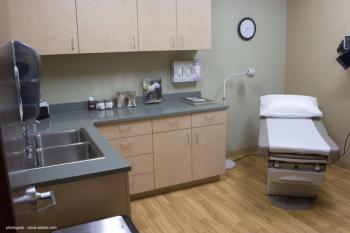
"Patient perception is an important aspect of developing an effective treatment plan, and we should be able to arm patients with accurate data to help them make an informed decision," write Whitney Renee Smith, MD, and Gopal H. Badlani, MD.

In this interview, Sandip Vasavada, MD, discusses the rationale behind the recent amendment to the AUA/SUFU guideline for overactive bladder, the role of OAB drugs in the treatment of nocturia, and treatment of refractory OAB.

Earlier in 2019, the AUA and the Society of Urodynamics, Female Pelvic Medicine & Urogenital Reconstruction published a joint guideline on the subject of incontinence after prostate treatment. In this interview, Jaspreet S. Sandhu, MD, a member of this guideline’s panel, explains the rationale behind the guideline and summarizes its key points.

"Fake news rules the world today. It certainly applies to the use of mesh in female pelvic health," writes Gopal H. Badlani, MD.

Although mesh has been banned for prolapse repair, midurethral slings remain a crucial treatment option for stress urinary incontinence.
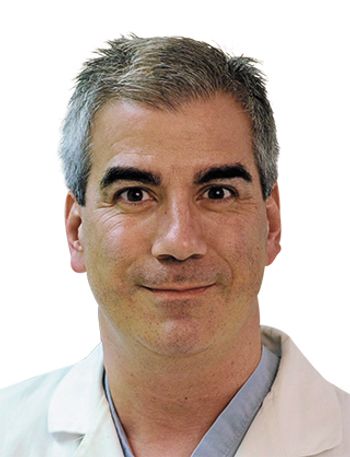
In this interview, Richard Santucci, MD, discusses current trends in urologic trauma/reconstruction as well as the promise of penile transplantation.

The author’s career shortcomings are lessons in academic pursuit, leadership, and more.

In this interview, Margaret S. Pearle, MD, PhD, discusses the AUA’s guideline on medical management of stone disease and also touches on disposable ureteroscopes and percutaneous access.

J. Quentin Clemens, MD, explains how the annual AUA Census and the AUA Quality Registry (AQUA Registry) benefit practicing urologists.

Waking up at night to urinate is by far the most bothersome lower urinary tract symptom.

Published: September 19th 2024 | Updated:

Published: April 4th 2022 | Updated:

Published: August 22nd 2022 | Updated:

Published: February 22nd 2023 | Updated:

Published: September 8th 2023 | Updated:

Published: January 3rd 2025 | Updated: